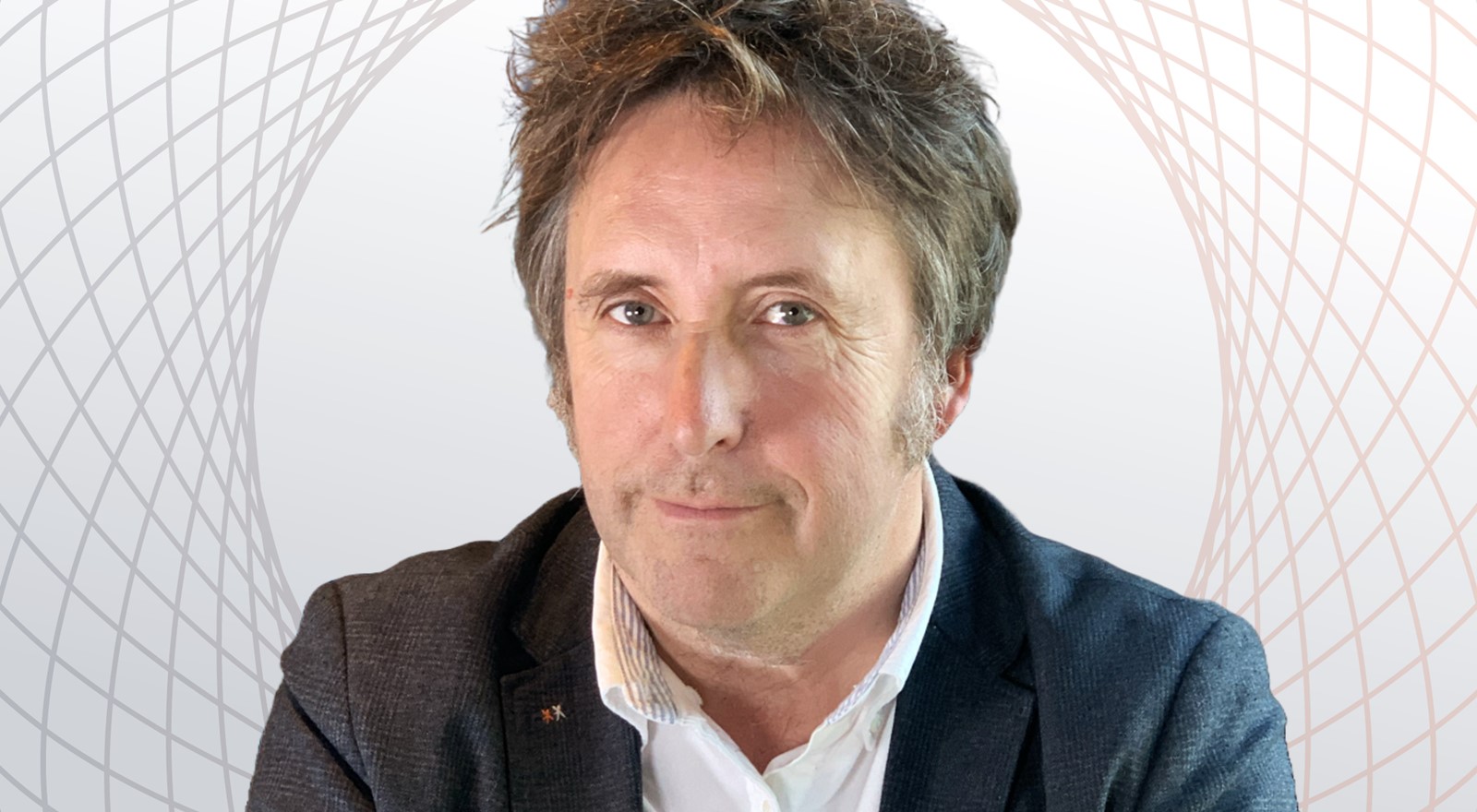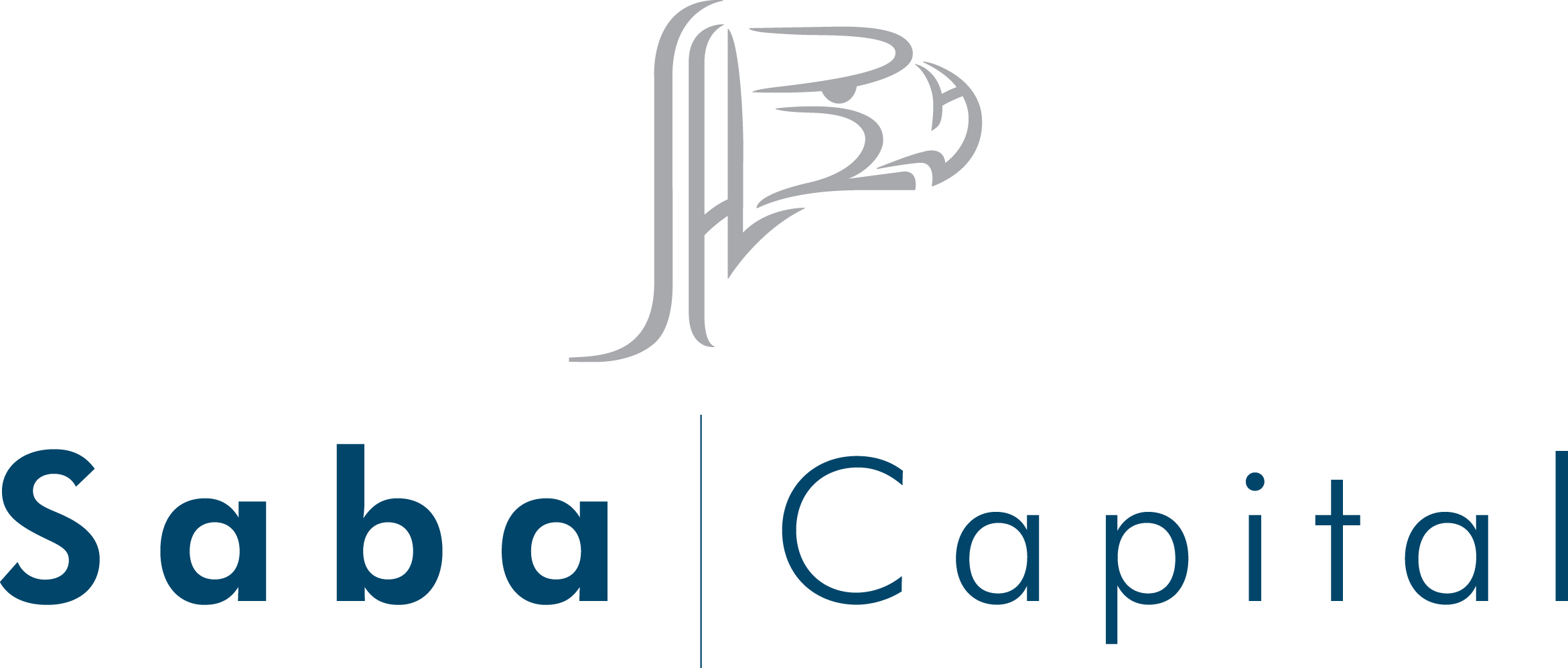Bei aktiven Aktien-ETFs – insbesondere solchen mit einem Index-agnostischen, konzentrierten Portfolio – war ich stets zwiegespalten. Als großer Fan von Investment Trusts dachte ich lange, dass Großbritannien gute aktiv gemanagte Fondsvehikel für aktive Stockpicker hervorbringt. ETFs sind jedoch klarer verpackt und besser konstruiert. Ihre Vorteile sind zahlreich: geringere Kosten, keine Abschläge und einfache Handelbarkeit.
Angesichts dieser Ambivalenz war ich nervös, dass die Brigade der aktiven ETFs früher oder später Investment Trusts geschlossen angreifen würde. Bisher war dies nicht wirklich der Fall. Die meisten aktiven ETFs fallen in zwei Hauptkategorien: aktive Anleihen-ETFs oder fundamental orientierte 'Index-Plus'-Ansätze mit Neigungen und Überlagerungen statt hoher Alpha-Überzeugung.
Das war eine gute Nachricht für den britischen Investment Trust Sektor. Erstens gibt es kaum britische Anleihen-Investment Trusts – nach meiner Zählung nur zwei. Zweitens verfolgt die überwiegende Mehrheit der Aktien-Investment Trusts High-Alpha-Strategien, die nicht wie heimliche Index-Umarmungen wirken. Es ist auch erwähnenswert, dass es eine sehr große Anzahl alternativer Investment Trusts gibt, die nicht ohne Weiteres in ein ETF-Format passen würden (egal wie aktiv!).
Im vergangenen Jahr gab es jedoch erste Anzeichen, dass sich der Wind dreht und dass Alpha-Manager mit hoher Überzeugung von Investment Trusts zu aktiven ETFs wechseln. Janus Henderson hat beispielsweise ein Paar hoch überzeugter japanischer und europäischer ETFs auf den Markt gebracht, die früher Investment Trusts gewesen wären.
Es gibt auch einzelne aktiv gemanagte Multi-Asset-Fonds. Ein Beispiel ist der global ausgewogene UCITS-ETF von Goshawk, der von einem ehemaligen Investment Trust Manager von Artemis aktiv gemanagt wird – er arbeitet nun mit dem leidenschaftlichen Investment Trust Enthusiasten Chris Mills bei Harwood zusammen.
Letzte Woche gab es besorgniztere Nachrichten für Investment Trust Fans wie mich. Sie deuten darauf hin, dass viele weitere 'unterkapitalisierte' Investment Trusts in ein ETF-Format wechseln könnten. Die bedeutende Entwicklung: Ein Investment Trust namens Middlefield Canadian Income (MCT) mit einer Marktkapitalisierung von 124 Mio. £ hat...seinen Aktionären...eine Barauszahlung nahe dem Nettoinventarwert oder einen Roll-over in einen ETF vorgeschlagen.
The ETF will be listed on the London Stock Exchange (LSE) as a UCITS fund – it may seek additional listings down the line – and follow the existing strategy but with a total expense ratio below 1%, down from its current level of 1.3%. The backdrop is that Middlefield Canadian Income was requestioned by Boaz Weinstein’s hedge fund Saba Capital in February, seeking a vote to open-end the fund. As an aside, Saba runs an ETF – investing in closed-end funds – in the US. It also has a 29% stake in Middlefield.
As the excellent fund analysis team at investment bank Deutsche Numis correctly observes, “in this case it is hard to argue with the outcome if investors are going to get the same strategy, run by the same manager at a lower cost, with a tighter bid offer spread and more trading liquidity”.
The Numis analysts go on to warn that this is “another wake-up call for boards across the investment company sector to assess strategies, particularly those investing in liquid, large-cap, diversified underlying portfolios that could be run with active discount management, or potentially "zero" discount mechanism, without comprising the investment style. Providing visibility of trading liquidity is increasingly important, regardless of the size of an investment company. In addition, we believe that investment companies need to justify their existence with strategies and features that set them apart from other structures”.
I could not agree more with Numis's comments and would zero in on that point about zero discounts. The challenge facing all investment trusts is the discount between net asset value (NAV) and share price. The investment trust industry likes to blame these persistent and, in some cases (private equity funds), yawning discounts on many technical factors, including cost disclosures for wealth managers.
But the truth is much simpler and two-fold. First, in too many cases, especially in alternative assets, few investors believe the net asset value to be a true statement of the current fund value and thus apply a discount to the NAV. The second challenge is that too many funds are chasing too few investment trust buyers. Many wealth managers, disappointed by poor performance from investment trusts, have abandoned the sector, as have many institutional buyers who are also alarmed by the less-than-alpha returns. That has left a hard core of professional buyers and a long tail of retail investors.
Active ETFs might well begin to take advantage of these structural challenges. Along with colleague Toby Lawes, I counted at least 40 actively managed equity investment trusts which have a market capitalisation of between £40m and £300m – making them “questionable” in economic terms – where an active ETF could replace the current strategy. In many of these funds, the fees are too high, the performance questionable and the discounts too high. And in all cases, the underlying assets are liquid equity securities that could sit easily inside an active ETF.
But active ETFs will have their work cut out trying to take on the investment trust sector. Sure, Middlefield investors, for instance, will have better liquidity and lower costs, but one central challenge remains: how to sell these active ETFs to the mass market. Active ETFs do not sell themselves. They require proper distribution, all of which needs to take place within a regulatory framework which is inimical to direct investor marketing for ETFs.




